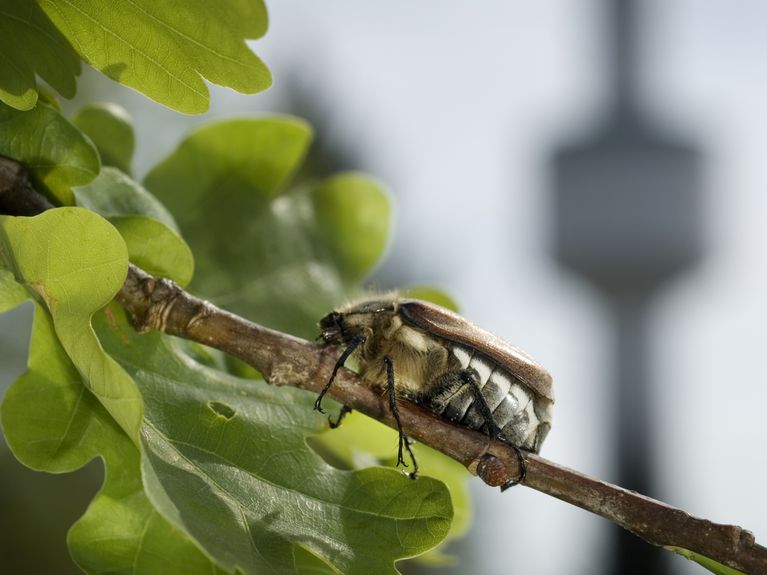
Challenge #51
Using nature's construction plans.
Over millions of years, nature has optimized processes that we understand better and better thanks to modern research methods. Learning from nature’s example, we investigate how materials, buildings, tools, microscopic structures and much more can be optimized “naturally.”
Participating centers
Through the process of evolution, nature has developed amazing solutions to many scientific domains and challenges that often still pose problems for us today. Take, for example, architecture: the exoskeletons of spiders and insects, being composed of complex composite materials, can be used for robotics, material development, and building design, while a beetle’s front wings can inspire a design for a pavilion. Other applications extend to engineering, such as animals’ joint systems, whose sophistication, though millions of years old, still outstrip that of modern machines, and beetle and spider limbs that use functional screw nut systems and hydraulics. Even a spiders’ foot, whose fine, adhesive hairs enable secure footing on slick surfaces, can prove scientifically useful.
Biological ion channels play an essential role in many fundamental biochemical processes in our cells, for example, by selectively and efficiently controlling ion flux across the cell membrane following various stimuli. Scientists are developing artificial bioinspired nanopores by specifically modifying the surface of polymer nanochannels and fabricating sensitive nanosensors and nanofluidic systems.
X-ray imaging techniques allow us to examine small organisms systematically. The data is then analyzed using artificial intelligence algorithms and sophisticated computer simulations. Knowledge gained in this way ultimately helps us to use materials and design principles from nature to optimize technical developments.
(Header: KIT)